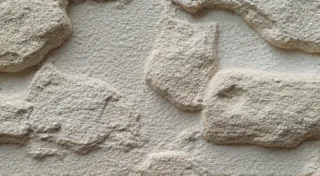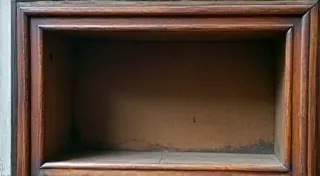The Printer’s Fingerprint: Identifying Workshops Through Subtle Typographic Nuances
There’s a peculiar intimacy that develops when you spend years amongst vintage postage stamps. It's more than just appreciation for the historical imagery or the beauty of the perforations; it's a slow, almost subconscious absorption of detail. You begin to see beyond the subject matter – the regal portrait, the patriotic scene – and begin to notice the subtle quirks, the tiny imperfections that whisper stories of the printer’s craft, the machines, and the hands that brought these miniature works of art into being. For the serious philatelist, these aren't flaws to be disregarded; they's fingerprints, offering a glimpse into the workshops and processes that created them.
My own journey began, as many do, with a simple fascination for colorful pictures. I remember, as a child, being captivated by a penny black stamp I found tucked inside my grandmother's old sewing box. It wasn't the picture that held me—it was the tiny, almost invisible differences between that stamp and others I’d seen. These variations weren't obvious; they demanded close examination, a quiet patience, a willingness to look beyond the surface. It was then I started to understand that stamp collecting was about so much more than just accumulating pretty pictures. It was a study in history, technology, and, surprisingly, artistry.
The Rise of Plate Variations and the Early Workshops
In the early days of postage stamp production – the mid-19th century, particularly – printing techniques were still evolving. The process of engraving and printing stamps was meticulously done, but it wasn’t yet standardized. The dominant technique involved engraving a master die, and then using that die to create multiple printing plates. These plates would then be used to print numerous stamps. However, the process wasn't perfect. Plates would wear down, lines would become slightly different, and small imperfections would inevitably arise. These variations, often imperceptible to the untrained eye, are the key to identifying the workshops responsible for producing those stamps.
Think of it like this: an antique accordion. Each bellows fold is painstakingly crafted, each key is precisely placed. Yet, no two accordions are *exactly* alike. The craftsman’s hand, the subtle differences in tooling, the wear and tear over time - all leave their mark. With postage stamps, these “marks” reveal the printer's fingerprint.
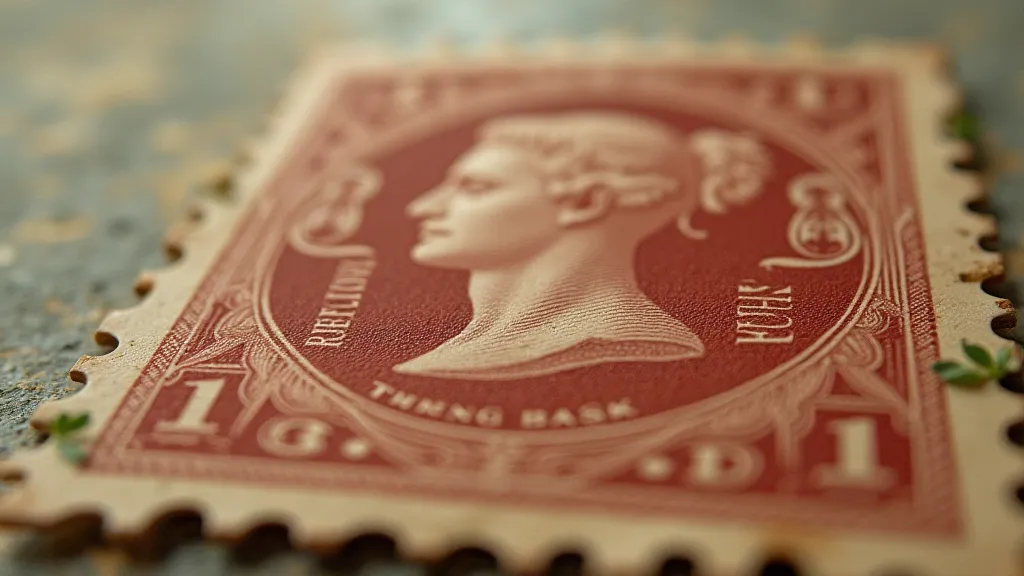
Unlocking the Secrets: Identifying Workshops Through Typography
The first crucial area to examine is the typography – the font used for the denomination and any other text on the stamp. While seemingly insignificant, subtle variations in the letterforms, spacing, and the thickness of the lines can be distinctive. Different workshops often had their own sets of punches and matrices – the tools used to create the type – which imparted unique characteristics. A tiny spur on a letter 'a', a slightly rounded serif on a 't', a specific curvature to a 'g' – these details can be cataloged and used to attribute stamps to specific workshops. Early British stamps, for example, show subtle differences in the font used depending on the printing contract awarded. These seemingly minute details are vital for expert philatelists.
Imagine a master woodcarver meticulously chiseling a figure. Each tool leaves a specific mark. You learn to recognize the marks of different tools, different techniques, different carvers. Similarly, the philatelist learns to discern the nuances of different printing workshops.
Plate Imperfections: A Window into the Process
Beyond the typography, plate imperfections offer further clues. These might include scratches, hairlines, dots, or even tiny pieces of debris that became embedded in the plate during the printing process. Each imperfection is unique to the specific plate and can be used to identify its origin. Some imperfections even have names – "96” refers to a specific scratch found on many British stamps, providing a crucial marker for their attribution. A particularly well-known example is the “Blank Star” found on the 3d Hawaiian Missionaries—a tiny, blank space in the plate that can be a significant indicator of authenticity and origin.
These imperfections aren't errors in the sense of being mistakes; they are an intrinsic part of the process, a direct consequence of the mechanical nature of the printing. Just as a blacksmith’s hammer leaves subtle marks on a piece of iron, the printing plate leaves its signature on each stamp.
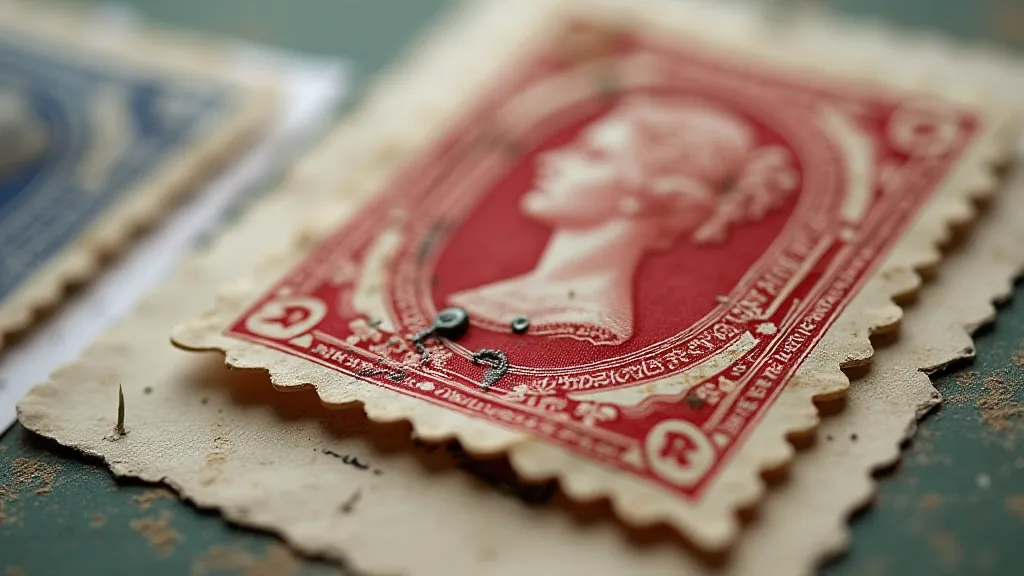
The Craftsmanship and the Human Element
It’s easy to view these printing processes as purely mechanical, but there was a deep level of craftsmanship involved. The engravers were highly skilled artisans, and the printers took immense pride in their work. The subtle variations we observe are a testament to the human element—the skill, the judgment, and the inevitable imperfections that arise even in the most controlled environments. This isn't simply about identifying workshops; it's about appreciating the human labor and ingenuity that went into creating these miniature masterpieces.
The dedication it takes to master engraving, the patience required to carefully align the plates, and the meticulous attention to detail necessary to produce a consistent quality of stamp - it’s a level of skill and dedication that is often overlooked in the modern era. Understanding the nuances of the workshops is, in a way, a way of acknowledging that craftsmanship.
Restoration & Collecting Considerations
For collectors, identifying the workshop responsible for a stamp’s production can significantly impact its value. Rarer plate variations, especially those associated with short print runs or workshops known for producing high-quality stamps, can command premium prices. However, it's vital to remember that these attributions are complex and require expertise. Overly aggressive restoration attempts to "clean up" plate flaws can actually diminish a stamp's value by obscuring crucial identifying marks.
The preservation of these tiny fingerprints is paramount. Proper storage in archival-quality materials helps prevent further degradation and helps preserve the integrity of the printing.
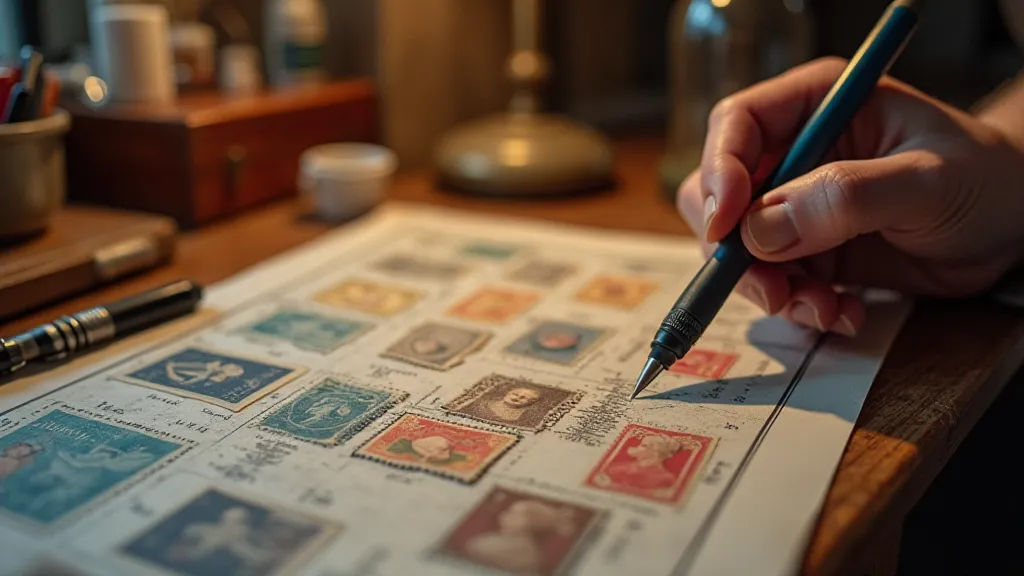
A Continuing Journey of Discovery
Identifying workshops through typographic nuances and plate imperfections is a deep dive into the world of philately. It's not a quick path to expertise, but the rewards are immense. It transforms stamp collecting from a pastime of accumulation to a journey of discovery, a quest to understand the history, technology, and craftsmanship that created these enduring symbols of communication. Each stamp, viewed through this lens, becomes a miniature window into the past, whispering secrets of the printers, the plates, and the hands that brought them into being. The printer’s fingerprint, a testament to human endeavor and a legacy for those who take the time to look.
